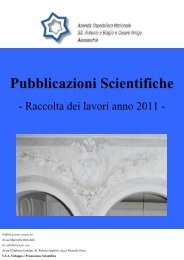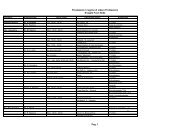Working Paper of Public Health Volume 2012 - Azienda Ospedaliera ...
Working Paper of Public Health Volume 2012 - Azienda Ospedaliera ...
Working Paper of Public Health Volume 2012 - Azienda Ospedaliera ...
You also want an ePaper? Increase the reach of your titles
YUMPU automatically turns print PDFs into web optimized ePapers that Google loves.
<strong>Azienda</strong> <strong>Ospedaliera</strong> Nazionale“SS. Antonio e Biagio e Cesare Arrigo”<strong>Working</strong> <strong>Paper</strong> <strong>of</strong> <strong>Public</strong> <strong>Health</strong>nr. 7/<strong>2012</strong>the estimate; to the right, F is the ratio <strong>of</strong> the variance explained by the model to the unexplained variance, andits Sig. =significance. *** The parameter is significant at 1 percent.The first thing to be said about these results is that there is a high correlation among variables(higher than 64%), significant at the 0.01 level (tab. 5). In addition, if the relationshipbetween incidence <strong>of</strong> breast cancer and GDP per capita is analyzed by partial correlation (tab.6), controlling -ceteris paribus- the number <strong>of</strong> computed tomography across countries,r breast cancer, GDP CT =60.3% (sign.0.00). Table 7 shows the estimated Log-linear model thatexplains more than 90% variance in the data. The parametric estimates <strong>of</strong> the model areunbiased and the significance <strong>of</strong> coefficients and the explanatory power <strong>of</strong> the equation areexcellent. In particular, the estimated relationship <strong>of</strong> multiple regression shows an expectedincidence <strong>of</strong> breast cancer increase <strong>of</strong> approximately 0.05% for a GDP increase <strong>of</strong> 1%(ceteris paribus CT) and an expected incidence <strong>of</strong> breast cancer increase <strong>of</strong> approximately3.23% for a CT increase <strong>of</strong> 1% (ceteris paribus GDP). Appendix shows the standardizedresidual plots (Histogram in Figure 1A, Normal probability plot in Figure 2A).In order to apply the ANOVA, we calculate the descriptive statistics for the two sets. Table 8shows as average incidence <strong>of</strong> breast cancer based on Age-standardized rate (ASW) clearlyincreases across richer countries <strong>of</strong> temperate zone that have also higher latitude and bettersocio-economic-environmental locations that spur fruitful patterns <strong>of</strong> economic growth.Table 8. Descriptive statistics <strong>of</strong> variables across countries <strong>of</strong> non temperate and temperate zone.ZoneNONTemperateZoneTemperateZoneMeanStd.Statistic Std. Error DeviationSkewness KurtosisGDP 1994 2000 Per capita 4030.77 774.47 3285.81 0.67 -1.28Population 28266166.67 6802120.10 28858951.50 1.32 0.89ASR W 2008 24.19 1.64 6.94 -0.44 0.49Cumulative risk breast cancer 2008 2.58 0.18 0.74 -0.54 0.48MRI per million people 0.99 0.31 1.33 1.69 2.37CT per million people 2.28 0.61 2.60 1.04 -0.53Latitude (modulus) 12.01 1.59 6.75 -0.25 -0.91LN MRI (Magnetic Resonance Im.) -0.76 0.39 1.54 -0.27 -0.83LN CT (Computed Tomography) 0.04 0.32 1.38 0.15 -1.58Valid N (listwise) 18GDP 1994 2000 Per capita 15833.63 1957.24 11412.55 1.34 3.08Population 17880852.94 4457212.71 25989792.88 2.71 8.90ASR W 2008 59.38 4.32 25.16 0.19 -0.73Cumulative risk breast cancer 2008 6.36 0.47 2.71 0.15 -0.74MRI per million people 7.57 1.55 9.06 2.60 8.93CT per million people 15.14 3.17 18.51 3.23 13.91Latitude(Modulus) 44.39 1.66 9.65 0.09 -0.71LN MRI (Magnetic Resonance Im.) 1.54 0.20 1.13 -0.25 -0.30LN CT (Computed Tomography) 2.39 0.19 1.03 -0.50 0.48Valid N (listwise) 2811



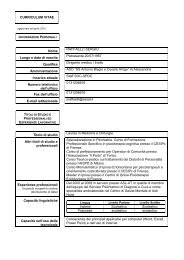
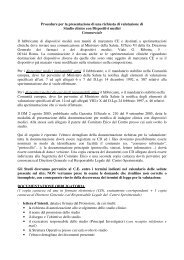

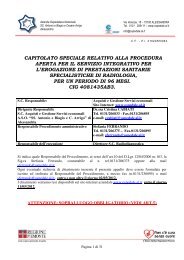
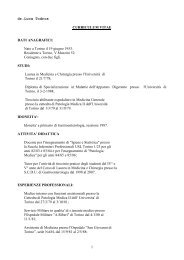
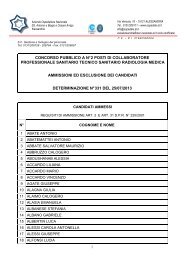

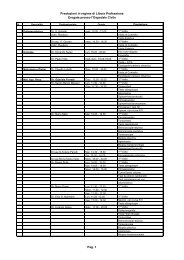


![[torino - 1] lastampa/urc/01 ... 26/10/09 - Azienda ...](https://img.yumpu.com/44058002/1/190x32/torino-1-lastampa-urc-01-26-10-09-azienda-.jpg?quality=85)

